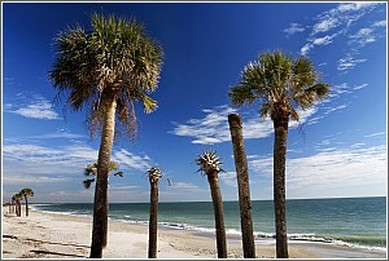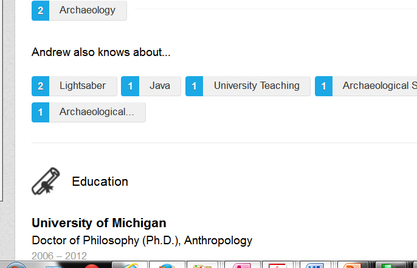
Of course I will be a little sad to leave the Midwest. I grew up here and have worked here most of my professional life. I have lived in Ohio, Indiana, Illinois, and Michigan and have family in three of those states. I’ve done a lot of good archaeology in the Midwest. I don’t plan on simply walking away from all the time and energy I have invested, but I will be moving on and my focus will be elsewhere. I worked pretty hard to try to find a permanent academic home in this part of the country, doing campus interviews at four Midwestern universities over the last three years. For whatever reasons, none of those places offered me a job. And other places in the Midwest didn’t even put me on the long list for jobs for which I was well-suited and well-qualified. So I feel like the Midwest sort of broke up with me, rather than the other way around.
The chilly reception I got on the tenure-track job market (don’t misunderstand – the individuals I met were all very polite, things just never broke my way) made my experience this year at Grand Valley that much more important to me. I have learned a great deal at Grand Valley and have always felt supported and appreciated. It has been a great place to work and, as I discussed in a previous post, the teaching experience at Grand Valley is going to make me a much better scholar in the long run.
There will be a tremendous upside to making the move to South Carolina and SCIAA that will far outweigh whatever sadness I feel about moving on from here. I’m still wrapping my head around the possibilities, but I can tell you it is going to be a lot of fun. It is a great institution with a great history, great people, and a lot of resources to leverage.
South Carolina will be warmer than the Midwest in more ways than one: I’m not going to miss the -25 degrees F we had this morning.
South Carolina, here we come!




 RSS Feed
RSS Feed
